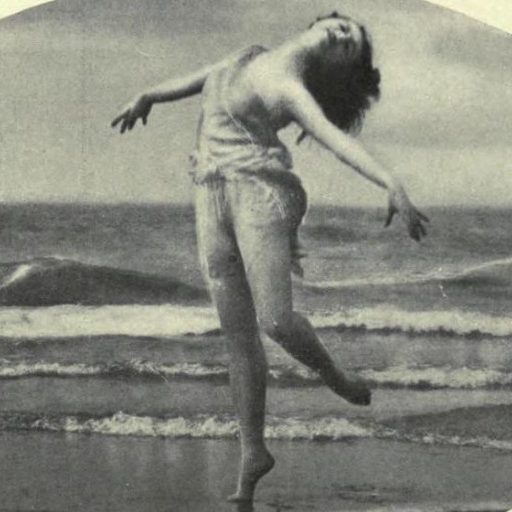Welcome to my website on the history of the classical ballet evolution in America from the late 1800s to the time George Balanchine immigrated to New York City and officially founded New York City Ballet (NYCB) in 1948. This blog answers questions such as: why the first professional touring company was established in Chicago rather than Philadelphia or New York City; why two immigrants from Russia, former dancers in Anna Pavlova’s touring company, decided to live in Chicago and start a school and company; and why the classical ballet evolution and the new Modern Dance movement were rivals.
Stay in touch to become informed. I look forward to your visits and comments.
